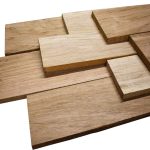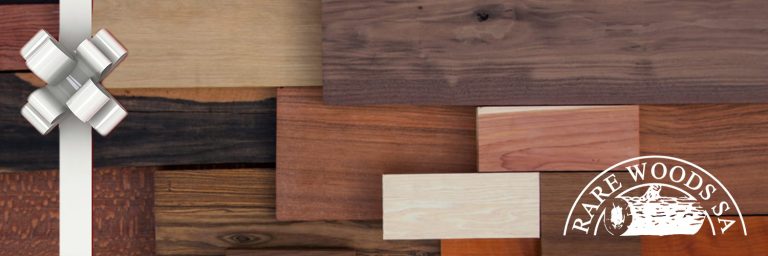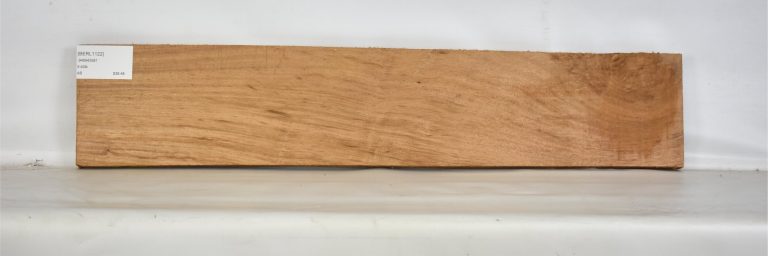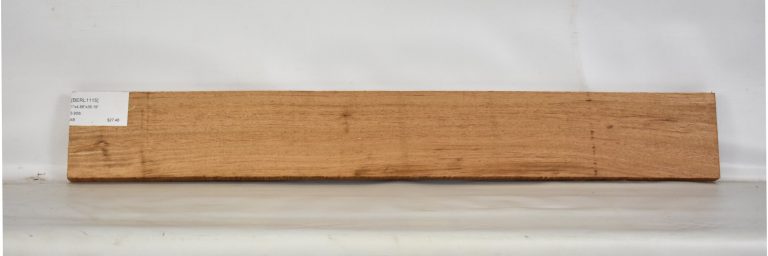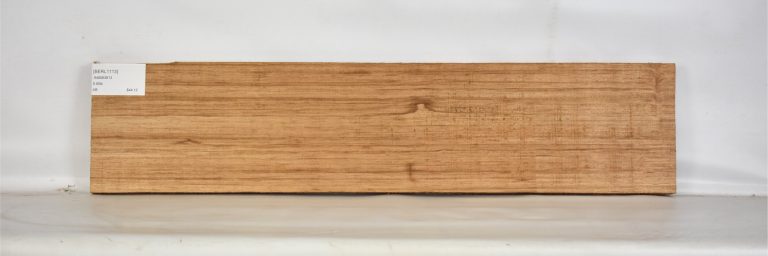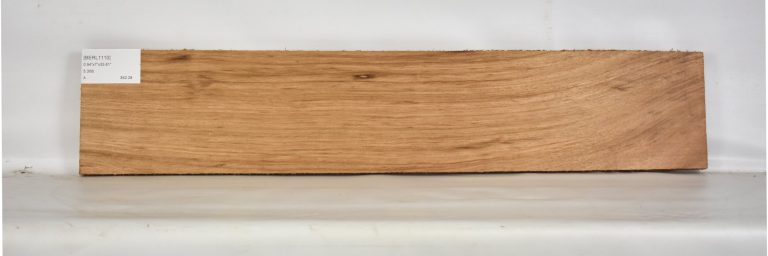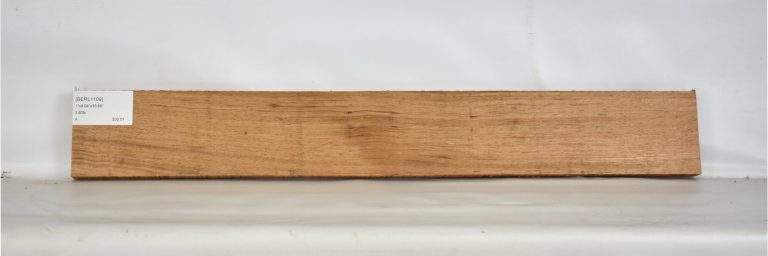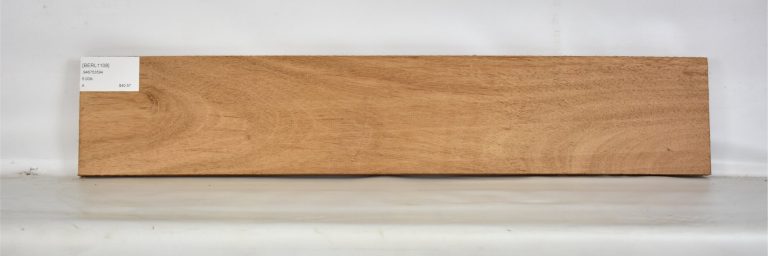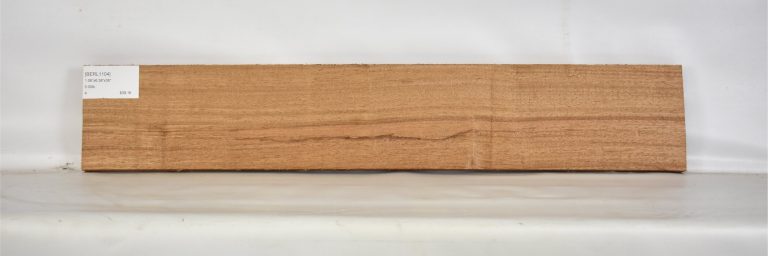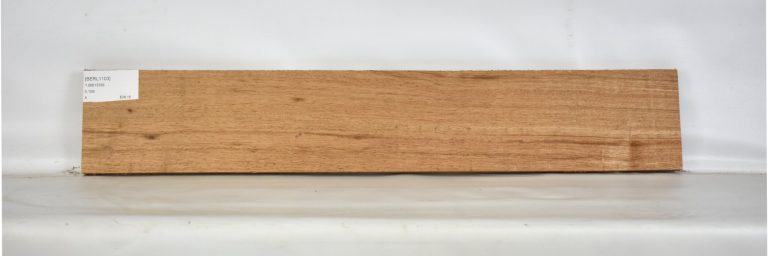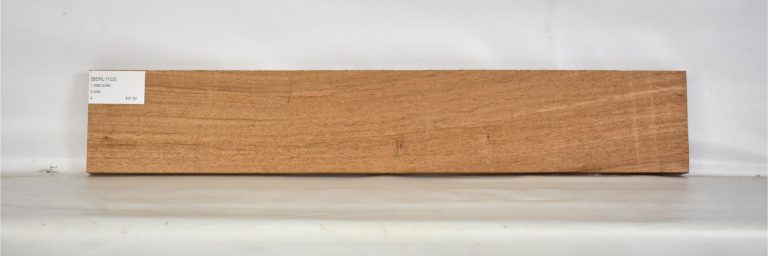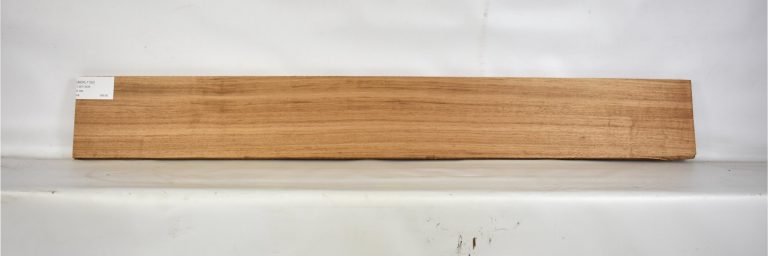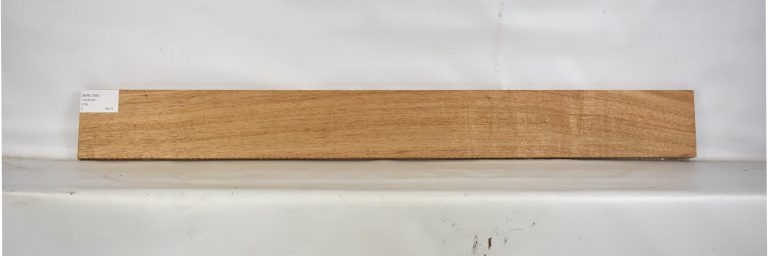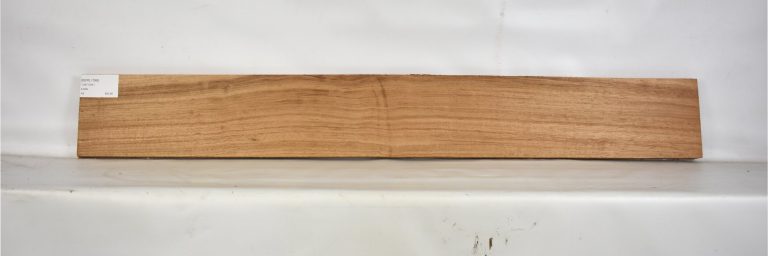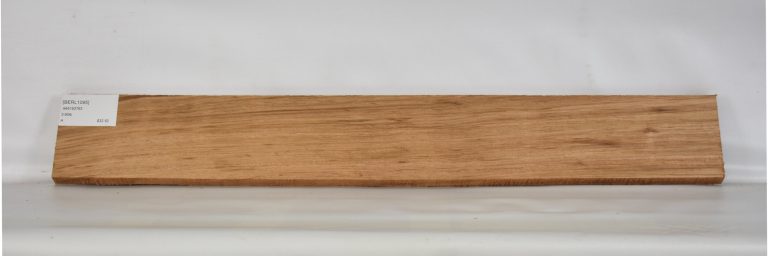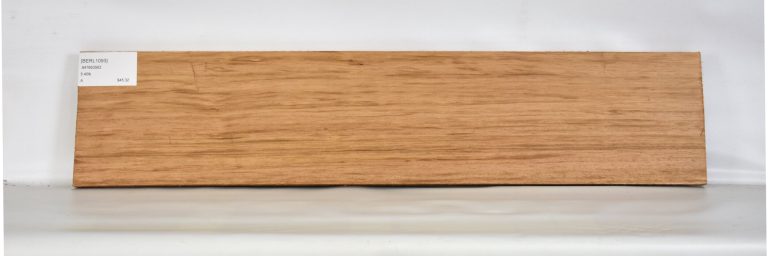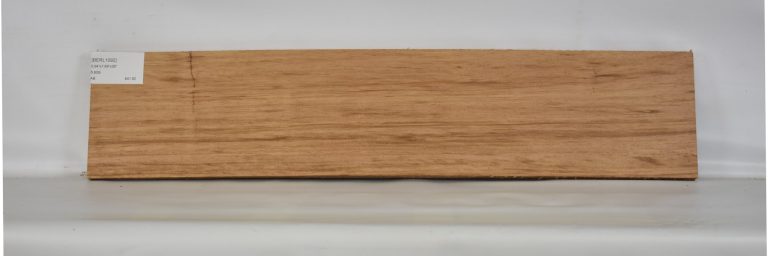Berlinia
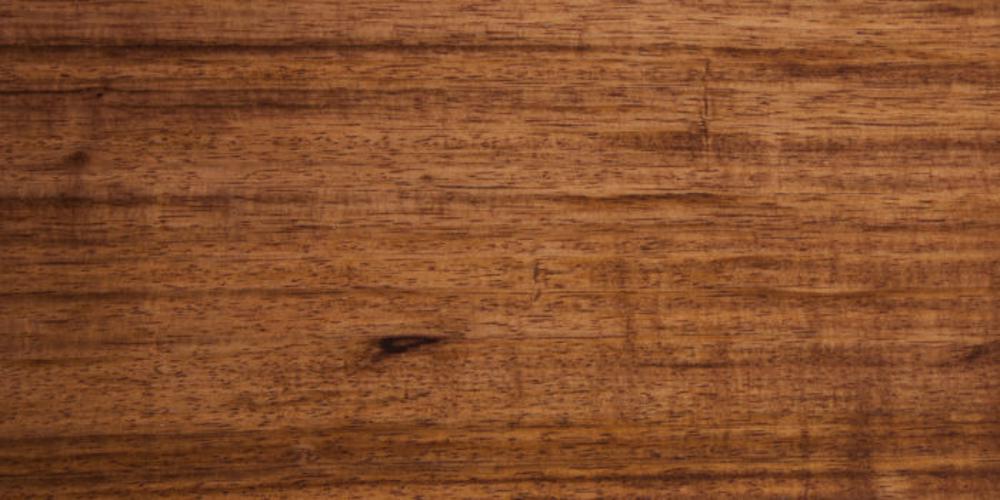
Known in the US, primarily as either “Ebiara” or, its nickname, “Red Zebrawood,” Berlinia’s heartwood can range anywhere from a pale yellow to a (more typical) muted reddish-brown. Darker colored stripes in patterns (which can be symmetrical or irregular) are how the comparisons to Zebrano are drawn, although they are related: each of their respective genera are part of the Detarieae tribe, in the subfamily, Caesalpinioideae.
Grains are general straight or interlocked. Although its texture is medium to coarse, it has a high degree of natural luster and can display figure and chatoyance. It works well — cutting, turning, gluing and finishing smoothly — although tear-out with interlocked grains is not uncommon.
This species is not listed in the CITES Appendices or on the IUCN Red List of Threatened Species, although several other Berlinia species in Africa (not exported to the US) are said to be either endangered or vulnerable.
Why We Love This Wood
Although Berlinia's introduction to the US exotic woods market was a rather recent one, it has quickly proven to be an interesting, unique lumber. It works easy, and has aesthetic appeal. For a species in a moderate price range, this somewhat obscure West African wood should continue to further gravitate into the industry limelight, as luthiers, furniture craftsmen and woodturners, alike, become better acquainted with it.
Client Creations
Quick Look

A Popular Choice in
Vital Statistics
| Main Color Group | Medium Brown |
| Grain Pattern | Pronounced |
| Avg Dry Weight - LB/BF | 3.8 |
| Avg Dry Weight - KG/M3 | 725 |
| Janka Hardness - LBF | 1280 |
| Janka Hardness - N | 5690 |
Pricing
Description
Grade
UOM
Price
Pre-cut Sizes
0 resultsType
Dimensions
Grade
Price
Lumber Packs
1 resultsTitle
Qty
Grade
Price
$420.00
yes

